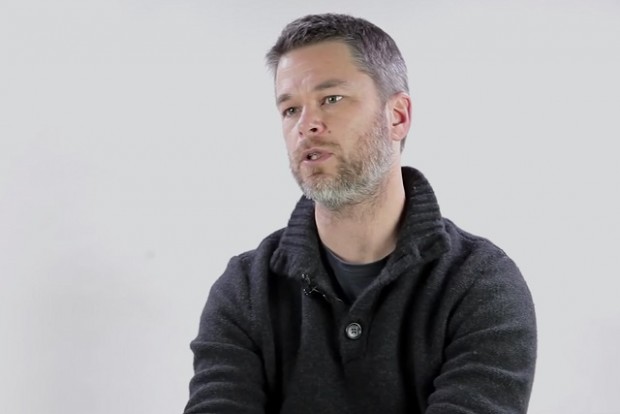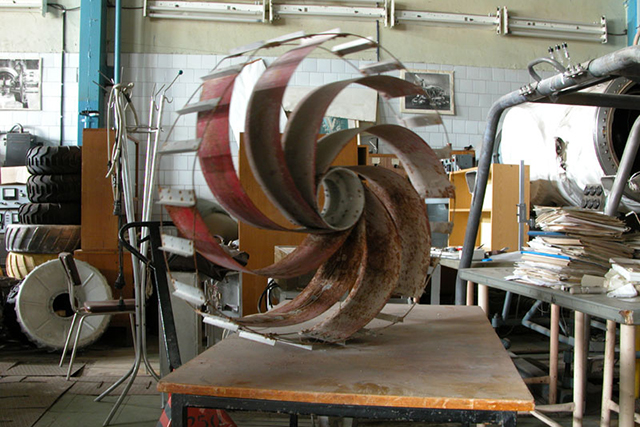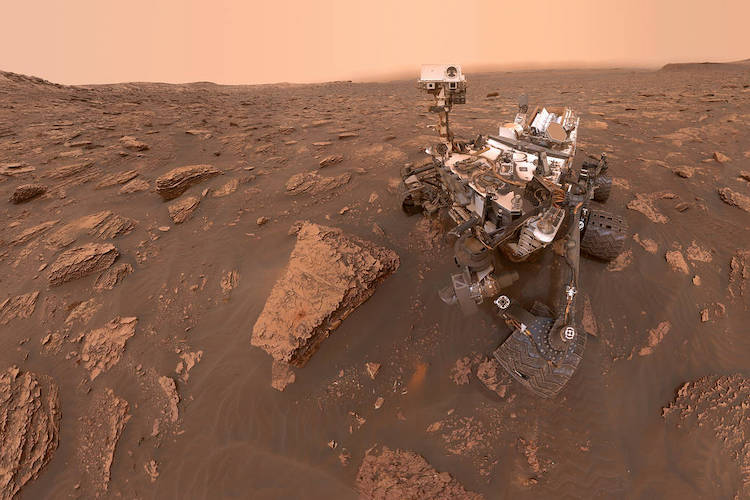Martian Сomputing Сlouds
Computer Scientist José Luis Vázquez-Poletti on the Mars MetNet Mission, using public cloud computing for space research and searching for traces of life on Mars.
videos | November 18, 2016
How has cloud computing improved research opportunities on Mars? What is Martian Computational Archaeology? Can using cloud computing also be more economical? These and other questions are answered by Assistant Professor in Computer Architecture and Cloud Technology Researcher José Luis Vázquez-Poletti.
The Mars MetNet Mission is a collaboration between Spain, Russia and Finland. And, it’s about covering the surface of Mars with meteorological stations. The idea, here, was to process critical data from the mission and, in particular, one part of this critical data was about knowing the location of the probes. Because, each of these meteorological stations are probes, low-cost probes. So, only about one hour and thirty minutes before the landing procedure we would know from Earth the possible location for the landing of these probes. These possible landing positions are about 18,000 different coordinates. Well, how can we locate our probe?

In one hour we could all the calculus that was needed for this application and what we were using as about 37 machines, and it was a cost of $7.50. Ok, what’s the price of a similar cluster for this chosen solution. If we were buying it, about $200,000. This was taken from HP. But, of course, are you going to use this application every day? No. Are you going use it about twice per mission? So, it was a great improvement and we were cutting the budget. What is funny here is that we were providing a solution for Mars’ exploration using public cloud computing one year before NASA. This led us to move to other applications, that application is what I used to call the first case of Martian Computational Archaeology
The ExoMars project is about exploring Mars but from a different point of view than other missions. In particular, this is the first biological profiled mission. ExoMars which puts together Russia and the European Space Agency is looking for traces of life on planet Mars. Not only present ones, but also past ones. So, cloud computing and this is the reason I am telling you is being used in the context of this mission. The idea, or development of this mission was that on March 14th of 2016 it would launch.





























